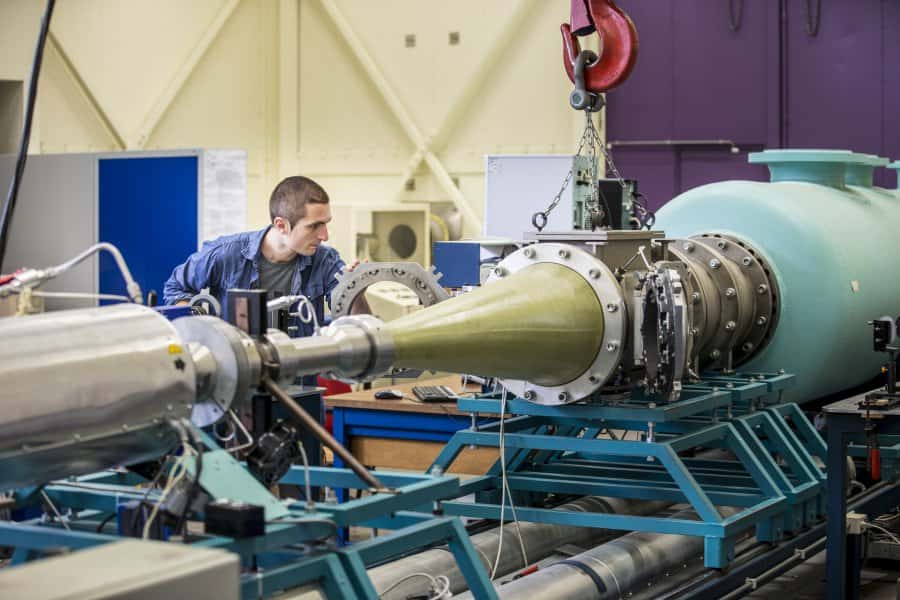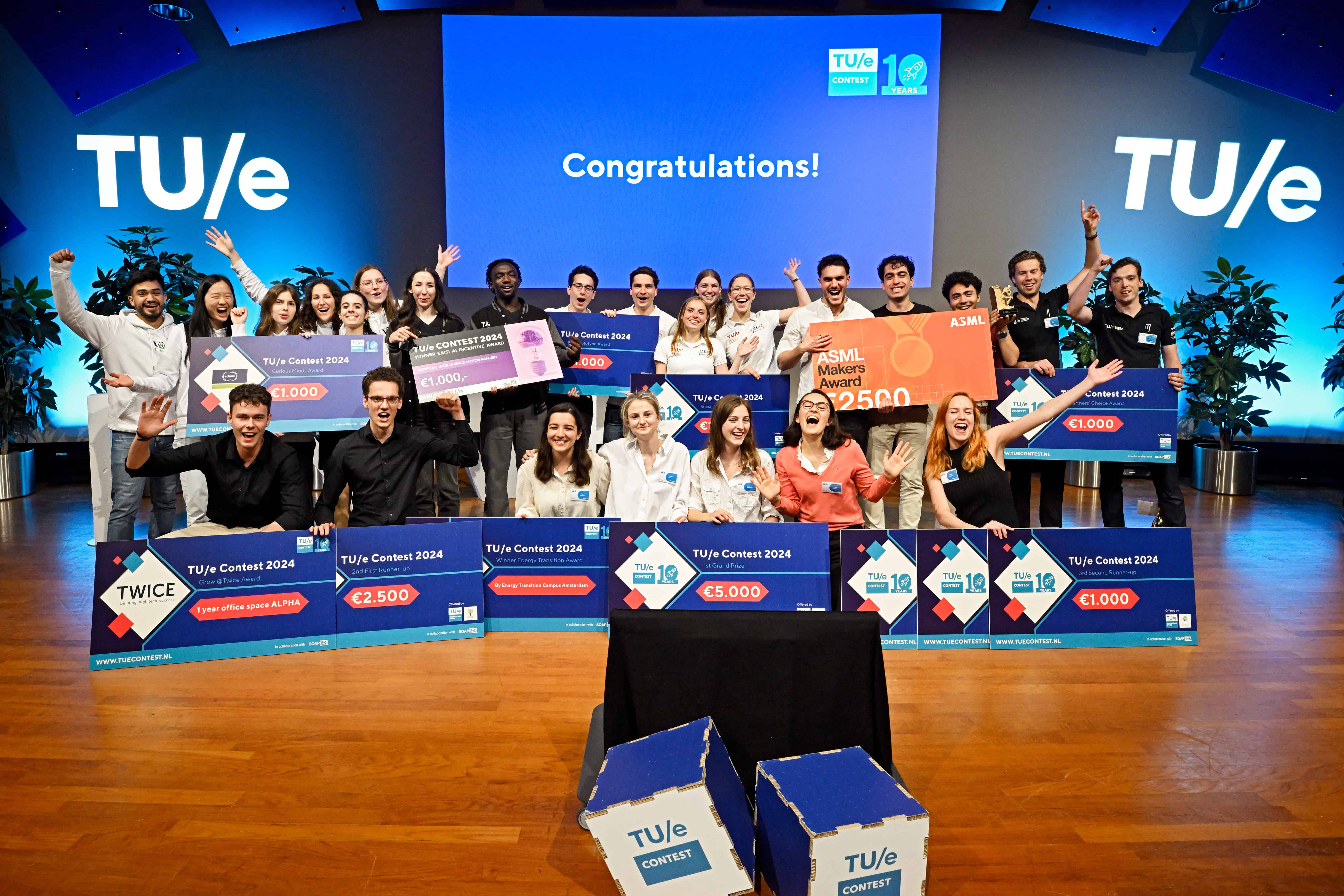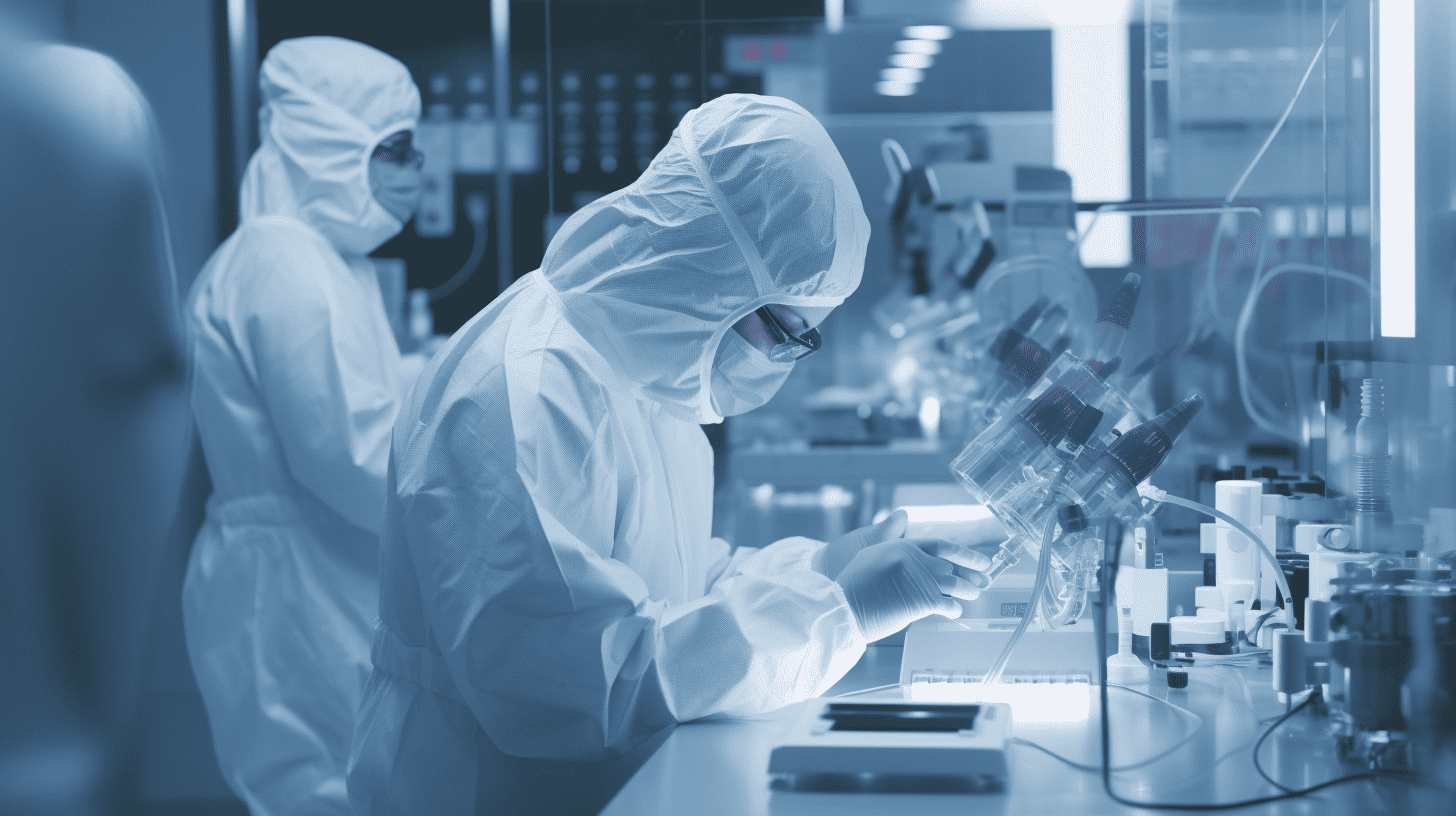
With the ‘Emerging Key Technologies‘ call, the Dutch Research Council (NWO) wants to give new, disruptive ideas time and space to develop further. An emerging key technology has the chance to develop into an impactful technology that can contribute to industrial and/or societal impact in the longer term. The technology is often still so new that its disruptive nature has yet to be proven. In addition to the more than 9 million from the NWO, consortium partners are putting in another 1.3 million euros in co-financing.
The money was allocated to nine promising key technologies. Here are the four most interesting ones coming from Dutch universities.
Why you need to know this:
The Dutch Research Council (Nederlandse Organisatie voor Wetenschappelijk Onderzoek, NWO) wants to give emerging key technologies – many of which are unproven – the chance to develop further. In this article, we highlight four of the nine projects and give a glimpse into revolutionary research that will potentially have a major impact on our society and industry.
1. MetaFlow: stabilizing and monitoring flows in industrial pipelines (University of Groningen)
This project deals with the problem of turbulent fluid flows in industrial pipelines. Turbulent flows cause vibration and noise, which can compromise system safety. MetaFlow proposes to use bio-inspired micro-electromechanical systems (MEMS) sensors and elastic metamaterials to monitor and stabilize these flows. This technology allows them to monitor real-time flows and tune them precisely and actively. This is expected to produce groundbreaking results and set new standards for flow control in industry and science.
2. SepsPIC: developing a solution for deadly and difficult-to-treat sepsis (University of Twente)
An average of 35,000 patients are diagnosed with sepsis each year in the Netherlands. Sepsis is an inflammatory response of the body to an infection that progresses so severely that tissues are damaged and organ functions fail. Current diagnostic techniques are time-consuming, and several tests must be performed to get a complete picture of the patient’s condition. This can take several hours to days, and physicians often have to use an “educated guess” to diagnose the patient. SepsPIC aims to address this problem by developing a device that can quickly and accurately detect multiple biomarkers for sepsis, allowing physicians to make more informed decisions and improve patient outcomes.

3. NanoNu-Marker: addressing the socioeconomic impact of dementia (Wageningen University)
NanoNu-Marker is committed to finding new ways to look at cognitive diseases, such as dementia, at the nanoscale. The project uses innovative experimental and digital technologies to identify biomarkers associated with this deterioration. In addition, they want to understand how protein accumulations relate to people’s diet and lifestyle. They are doing all this to reduce the impact of dementia and neurodegeneration on the world’s aging population, both socially and economically.
4. IMAGINE: developing energy-efficient AI hardware (UT and TU/e)
IMAGINE is working to develop smart and energy-efficient computing components for artificial intelligence (AI). They use small silicon nanodevices as powerful, compact processors. These devices are made with common semiconductor technology and combined with both analog and digital electronics. This creates a versatile and energy-efficient platform for local information processing. This approach helps save energy when transmitting data to the “cloud” and offers great advantages for AI applications, especially in industries such as automotive.









